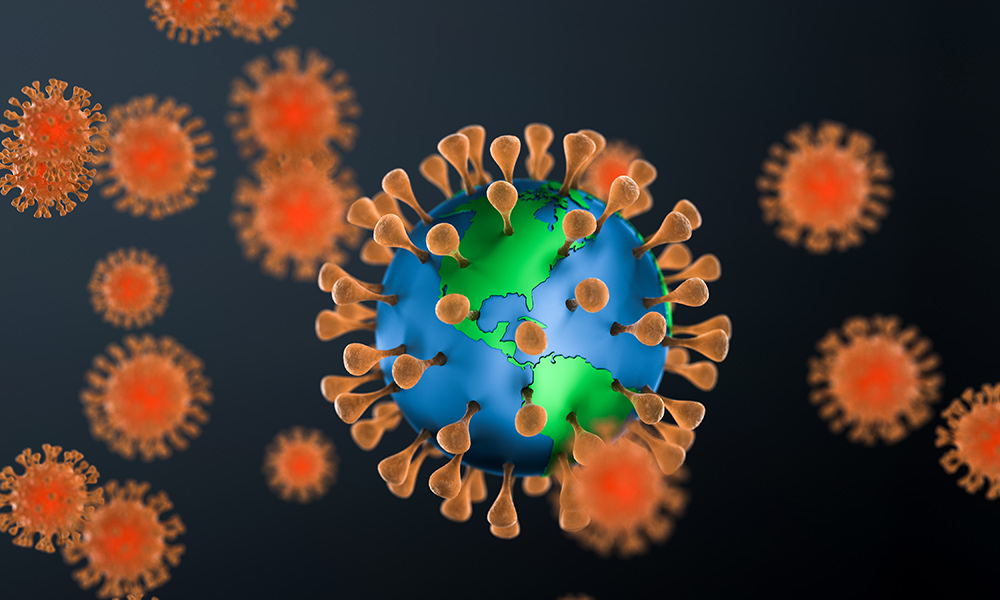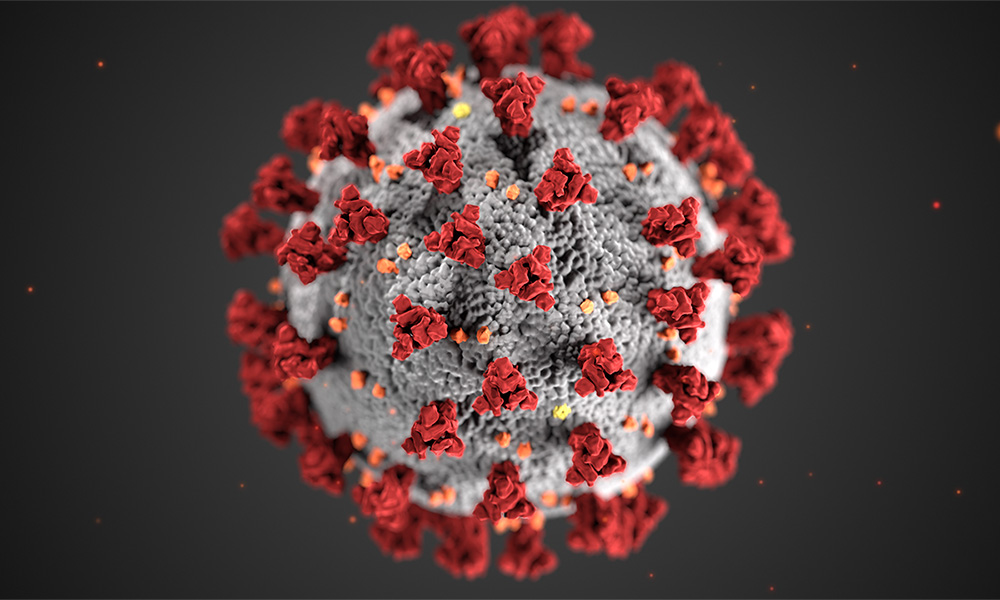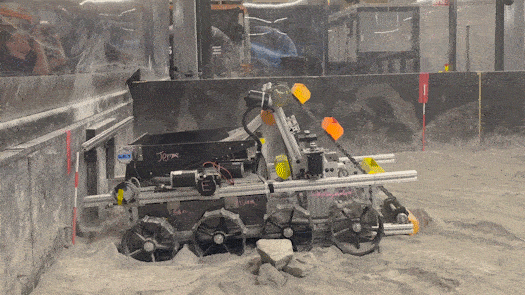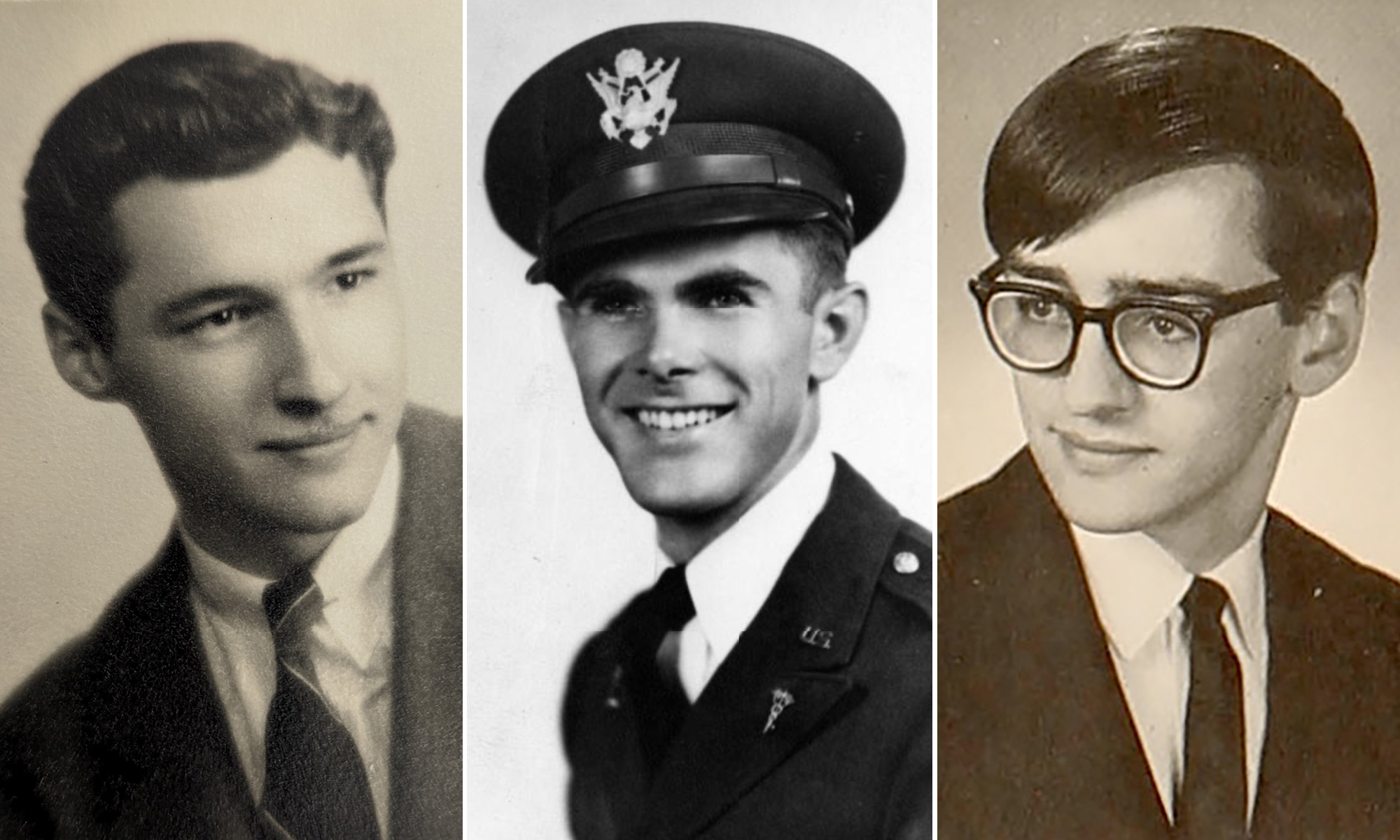In mid-January, Christina Krewson ’21 arrived in Cusco, Peru, excited to begin a semester of study abroad. But just two months later, the University of Rochester public health and environmental studies major found herself in a very different situation—trying to find a way home after Peru went abruptly into lockdown, in response to the coronavirus.
Krewson was drawn to Peru by its biodiversity. “And I’m a bit of an archeology nerd,” she says, so the Andean city of Cusco, once the capital of the Inca Empire, was especially appealing to explore. “All the Inca sites and pre-Inca cultures were really fascinating to me.” She was enrolled in a program at Cusco’s Universidad San Ignacio de Loyola, through the Center for International Studies (CIS).
Soon, she was happily established in the home of her host family, where she had host parents and a six-year-old host sister, along with another student from her program, from Pennsylvania. She was enjoying getting to know the other students and her new professors, and she relished the field trips that were the foundation of her courses.
A Global Return
While Krewson’s journey home may have been more dramatic than most, she was one of about 170 members of the University community whom the Center for Education Abroad and the Office of Global Engagement contacted to provide guidance and support in helping them return to the United States this spring.
As countries around the world imposed restrictions on travelers in the face of the coronavirus pandemic, the offices reached out to students taking part in education abroad programs, faculty conducting research in other countries, clinicians providing care abroad, and others who were known to be outside the United States. As of early April, all known University travelers were accounted for.
Coronavirus seemed like a remote worry, she says, even as the first cases emerged in Lima, Peru’s capital city, about an hour by air from Cusco. But she was watching the situation in the US become more concerning, and soon she had an email from Rochester, recommending that she return home and work with the University to help keep staff apprised of her travel plans. She booked a flight for March 18.
But everything changed on the evening of March 15, when Peru’s president, Martin Vizcarra, announced an abrupt lockdown on the country: a 15-day quarantine, beginning on March 16, with no flights in or out of the country.
Krewson quickly rebooked a flight for early April, when the quarantine—since extended—was scheduled to end. But just as swiftly, she heard from Rochester’s Alan Ryon, the manager for international travel and security for the University’s Office for Global Engagement. Laboring behind the scenes with Joshua Farrelman, associate vice president for the Office of Government and Community Relations, Ryon was attempting to help evacuate Krewson, either through a charter flight or with help from the US State Department.
Krewson says Ryon—who was her point of contact on behalf of all at the University working to help her—was “very comforting. He worked so hard to get me on a flight and make sure I was taken care of and felt confident in what U of R was doing. I was just so well supported.”
At first, “I felt very safe because of the preventive measures being taken” in Peru, she says. “There wasn’t any messing around. And being with my host family, I had people providing for all my needs and really taking care of me and making sure I was all right.” But what would happen, she wondered, if the US closed its borders? Or if Peru extended its quarantine? “At that point, I just wanted to be home with my family.”
“She was in a good environment, but we were exploring all options to get her out,” Ryon says.
Coronavirus update
The University’s website is a way to find guidance and critical information during a rapidly changing situation.
COVID-19 symptoms or exposure?
Find out what to do if you or a close contact have symptoms or think you may have been exposed.
Krewson was the only Rochester student—and the only student from New York state—in her program. But, using their respective networks, Ryon from the Office of Global Engagement and Farrelman from the Office of Government and Community Relations knew there were other institutions across the country that also had students in Peru, and ultimately, they acted together. Sarah Mangelsdorf, Rochester’s president, signed a letter to US Secretary of State Mike Pompeo—it came from six university presidents asking for help in repatriating US students and faculty in or near Cusco. Members of Congressional delegations—including New York’s Senator Charles Schumer—reached out to the White House and the State Department to help.
The US and Peruvian governments agreed to implement repatriation flights, and Krewson was on the first flight out of Cusco, on March 25, traveling first to Peru’s international airport in Lima, and then on to Miami. Her family arranged a flight back to New York from there, and Krewson is now home in Schenectady, where she is completing her study abroad classes online.
“It’s a story of teamwork, with the Office of Global Engagement, the Center for Education Abroad, and the Office of Government and Community Relations, along with multiple universities and other institutions, all working together in a chaotic time,” Farrelman says.
Relieved to be home, Krewson is missing Peru and feeling grateful for the two months of study she had there. And she says the crisis has taught her about what it means to work in public health.
“I was surprised by how quickly the lockdown came,” she says of Peru, which also instituted a curfew that was enforced by police, a policy she imagines would meet more resistance in her native country. She was surprised when she landed in the US not to see those working in the airport wearing gloves and masks, as they had in Cusco and Lima. Seeing the different responses to the virus in the US and in Peru showed her, in memorable ways, that varied priorities drive countries in their respective public health efforts.
And the experience has made her more aware of the part that everyone plays in confronting a pandemic. Now, she says, she realizes “the weight of the issue and how much we need to each play our role, in distancing and isolating and other ways.”
Read more

‘Make every effort to connect—digitally—with other people’
How best to handle the psychology of social distancing? Two Rochester psychologists offer ideas.

Eradicating smallpox: A Rochester-trained scientist led the way
How Donald (DA) Henderson ’54M (MD) oversaw the World Health Organiation’s global effort to eliminate a 4,000-year scourge.

How do you slow a pandemic?
A University of Rochester health policy expert, physician, and historian, says implementing a modern understanding of epidemiology is key to dealing effectively with pandemics like coronavirus.



